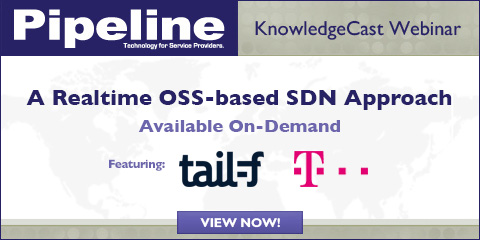Network Virtualization 1.0
By: Becky Bracken

Don’t get it twisted. Network virtualization isn’t solely being driven by the dream of a reduction in capital expenditures (CAPEX). No doubt, jettisoning clunky, expensive hardware for cheap, fast software looks like enough of a reason to work toward a virtualized environment. But operators are looking well beyond the straight hardware swap-out, which, for the purposes of this conversation, we’ll call Virtualization 1.0.
Communications service providers (CSPs) of the future will have their eyes trained on generating new revenue from services. Virtualization, in the broadest sense, creates an environment in which new businesses can be created, provisioned and delivered with the flip of a switch or the stroke of a key. Well, maybe not that easily—but you get the idea. Today, as CSPs wrap their heads and hands around Virtualization 1.0, it’s critical that they make room for innovation while protecting legacy network assets.
“Hardware lifecycles are quickly becoming shorter as technology and service innovation accelerates, potentially inhibiting the roll-out of new revenue-earning network services and constraining innovation in an increasingly network-centric world,” Saro Velrajan, director of technology for Aricent says.
But CSPs around the world have invested untold billions in their current networks and need to look for an approach that introduces individual virtualized elements that run parallel to their existing physical networks.
“There’s a lot of movement [among operators], trying to find their entry point,” Amartus founder and CEO Michael Kearns said. “But it starts in the data center.” He added that, like SDN, or software-defined networking, in the data center, network-functions virtualization (NFV) in a CSP environment represents the first layer of Virtualization 1.0, the ability to take advantage of the cost savings of hardware commoditization.
“This is where you go to an NEM [network equipment manufacturer] and ask them to provide you with a virtual appliance and figure out how you are going to orchestrate and manage the appliance differently,” Kearns explained.
It’s a hybrid-network world. Virtualizing specific strategic areas of the network lets a CSP pursue a hybrid physical-virtual approach, which provides the flexibility of SDN while still utilizing the existing physical network.




















